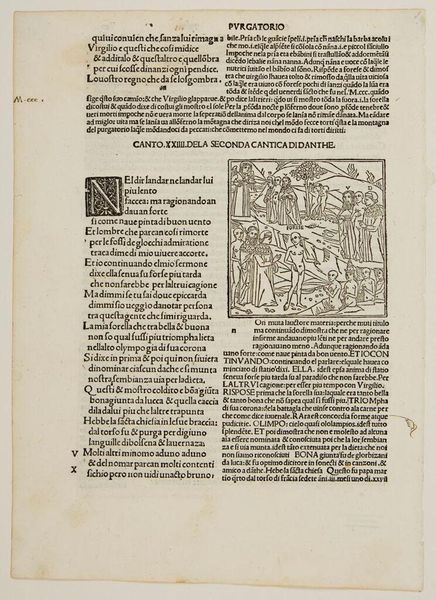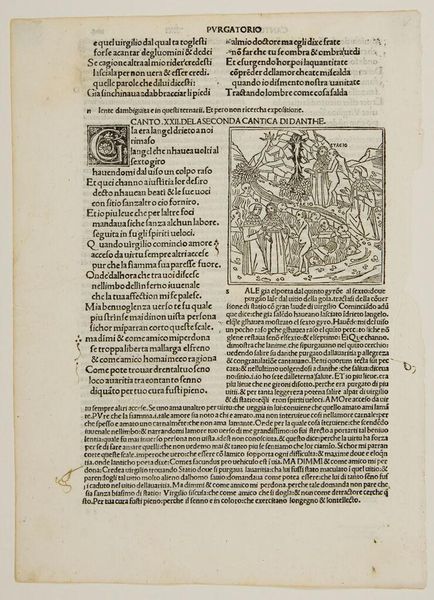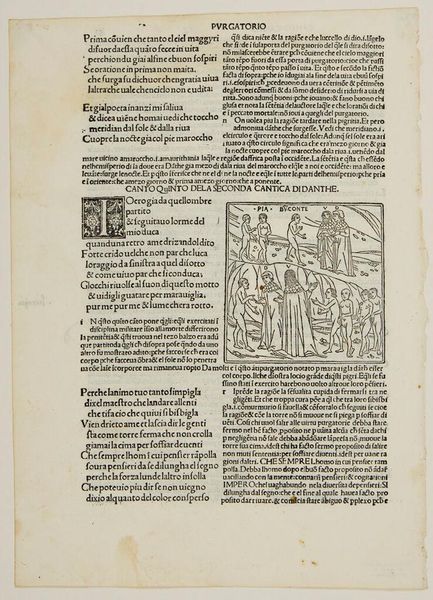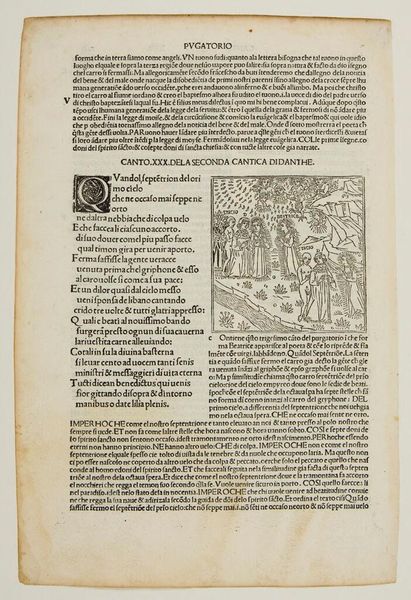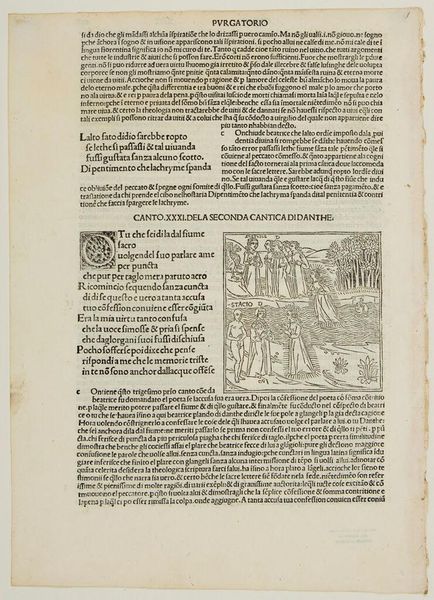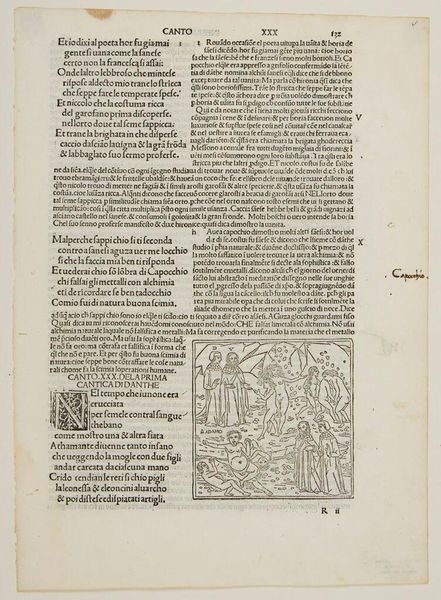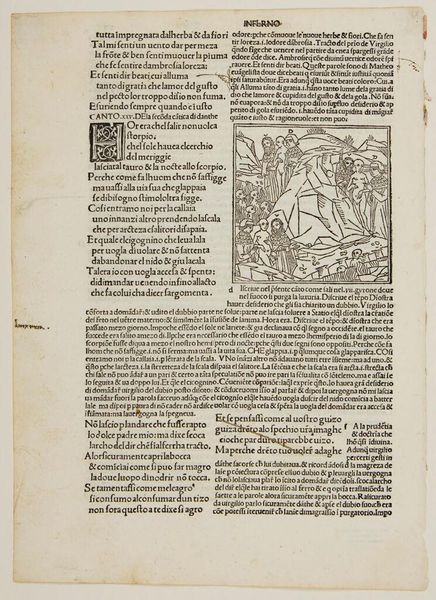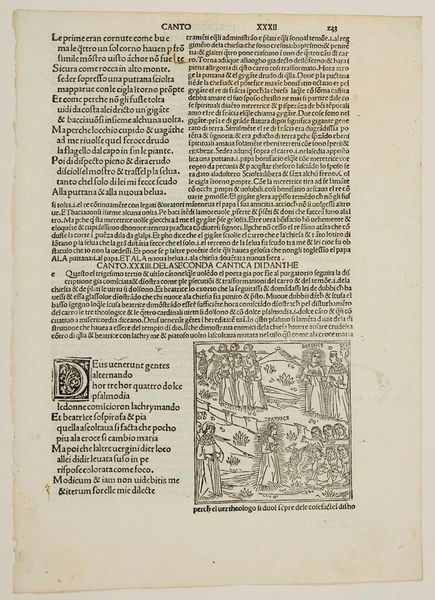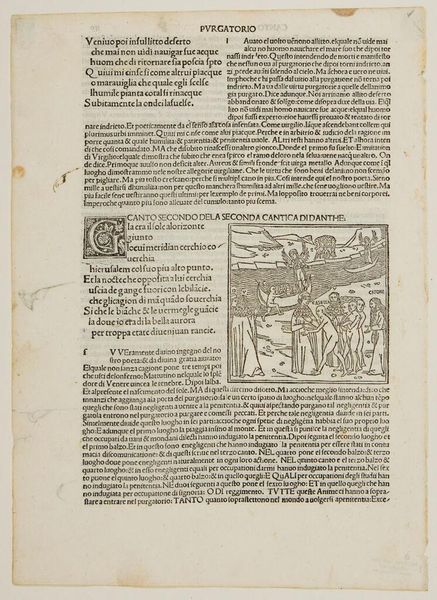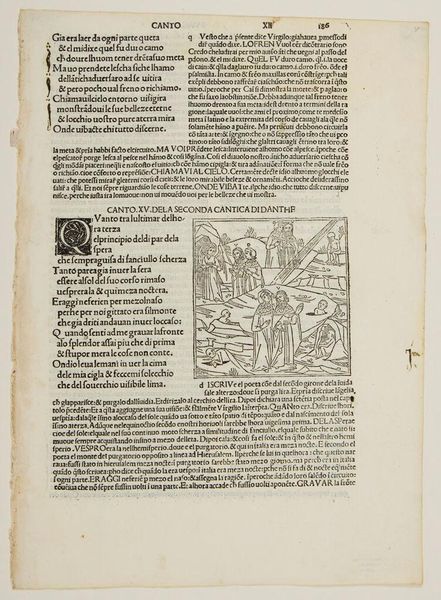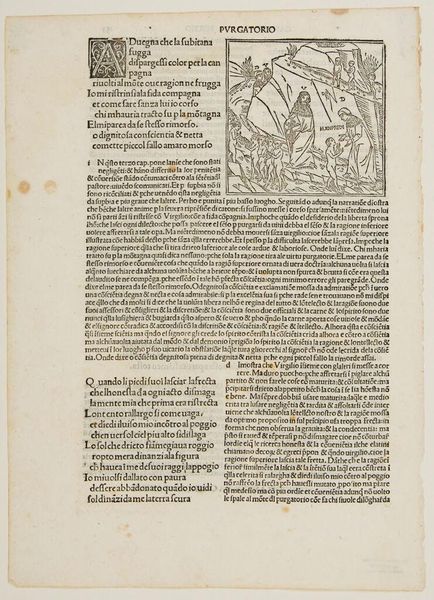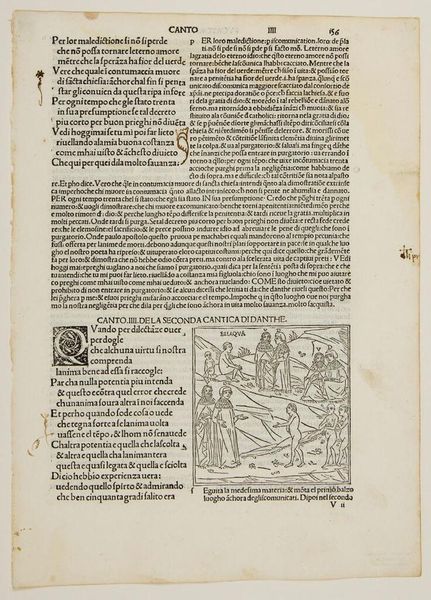
Canto XXVIII. Circle 8: Bolgia 9 / The Sowers of Religious Discord, Punished by Mutilation (Mahomet) c. 15th century
0:00
0:00
Copyright: CC0 1.0
Curator: I’d like to draw our attention to this rather unsettling image, titled "Canto XXVIII. Circle 8: Bolgia 9 / The Sowers of Religious Discord, Punished by Mutilation (Mahomet)." It’s an anonymous work from the Harvard Art Museums, a woodcut illustration depicting a scene from Dante’s Inferno. Editor: My first impression is one of visceral horror. The stark contrast of the lines and the mangled bodies create a sense of profound suffering. It’s a deeply disturbing image, even centuries later. Curator: Indeed. What makes this image so powerful is the historical context. Dante's Inferno was a political and religious critique, and this particular canto focuses on those who, in Dante's view, sowed discord. Editor: It’s a brutal depiction of religious and political conflict. You see the way identity and power intersect, with religious difference becoming a justification for violence. The historical narrative is steeped in the socio-political climate of Dante’s time. Curator: Precisely, and this image serves as a visual manifestation of that. The act of mutilation reflects not just physical violence but a tearing apart of the social fabric. The woodcut medium itself, with its sharp, unforgiving lines, reinforces this sense of rupture. Editor: Absolutely, and it underscores how these images can function as potent tools. They speak volumes about the politics of imagery and the manipulation of visual rhetoric. Curator: A truly striking, if horrifying, artifact. Editor: A chilling reminder of the ever-present dangers of religious and political extremism.
Comments
No comments
Be the first to comment and join the conversation on the ultimate creative platform.
